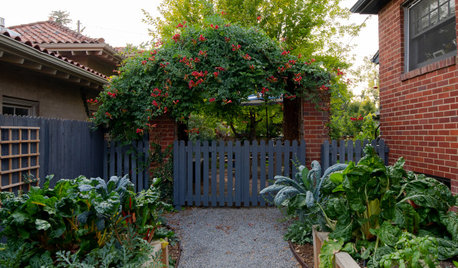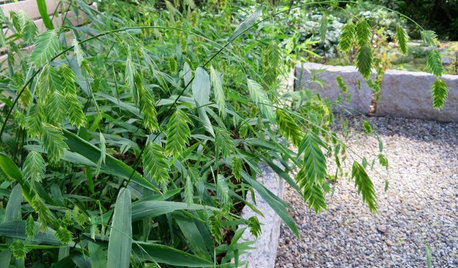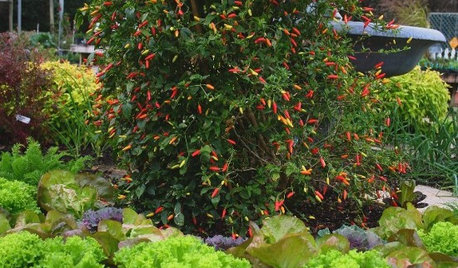transplanting mature rhodo
Real Life Garden Solutions
13 years ago
Related Stories

PLANTING IDEASStretch the Budget, Seasons and Style: Add Conifers to Your Containers
Small, low-maintenance conifers are a boon for mixed containers — and you can transplant them to your garden when they’ve outgrown the pot
Full Story
WINTER GARDENINGExtend Your Growing Season With a Cold Frame in the Garden
If the sun's shining, it might be time to sow seeds under glass to transplant or harvest
Full Story
LANDSCAPE DESIGNThe Unparalleled Power of Trees
Discover the beauty and magic of trees, and why a landscape without them just isn't the same
Full Story
GARDENING GUIDES12 Edibles Perfect to Plant in Late Summer
Keep those homegrown vegetables and greens coming well into fall
Full Story
GARDENING GUIDESGreat Design Plant: Chasmanthium Latifolium
Inland sea oats is an easy native grass for a moist, shady garden spot
Full Story
LANDSCAPE DESIGNGarden Overhaul: Which Plants Should Stay, Which Should Go?
Learning how to inventory your plants is the first step in dealing with an overgrown landscape
Full Story
FARM YOUR YARDCool-Season Vegetables: How to Grow Lettuce
Leaf, butterhead, crisphead or romaine — lettuce is best harvested in the cool weather of spring and fall
Full Story
GARDENING GUIDES6 Steps to Get a Garden Off to a Glowing Start
Grow a lush, balanced garden from an empty patch of yard or neglected landscape spot with these easy-to-follow guidelines
Full Story
EDIBLE GARDENS6 Summer Edibles That Can Really Take the Heat
When garden temperatures soar, these herbs and vegetables rise to the challenge
Full Story
GARDENING GUIDES10 Top Native Plants for the U.S. Southeast
For a low-maintenance and wildlife-friendly landscape, use Southern natives that withstand heat and humidity
Full Story





morz8 - Washington Coast
Real Life Garden SolutionsOriginal Author
Related Professionals
Holly Springs Landscape Architects & Landscape Designers · Arlington Landscape Architects & Landscape Designers · Maple Valley Landscape Architects & Landscape Designers · Erie Landscape Architects & Landscape Designers · Middle River Landscape Architects & Landscape Designers · Burlington Landscape Contractors · Flagstaff Landscape Contractors · Hannibal Landscape Contractors · Lewisville Landscape Contractors · Middletown Landscape Contractors · Oviedo Landscape Contractors · Watertown Landscape Contractors · Westford Landscape Contractors · Wethersfield Landscape Contractors · Camp Springs Landscape ContractorsReal Life Garden SolutionsOriginal Author
Jon 6a SE MA
morz8 - Washington Coast
Real Life Garden SolutionsOriginal Author